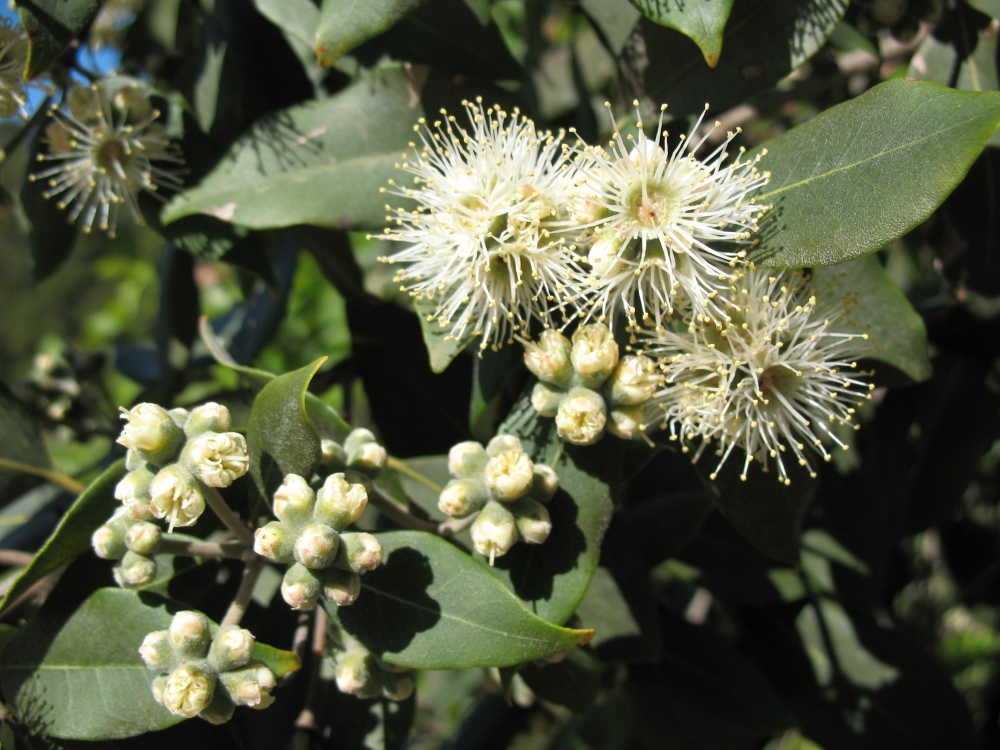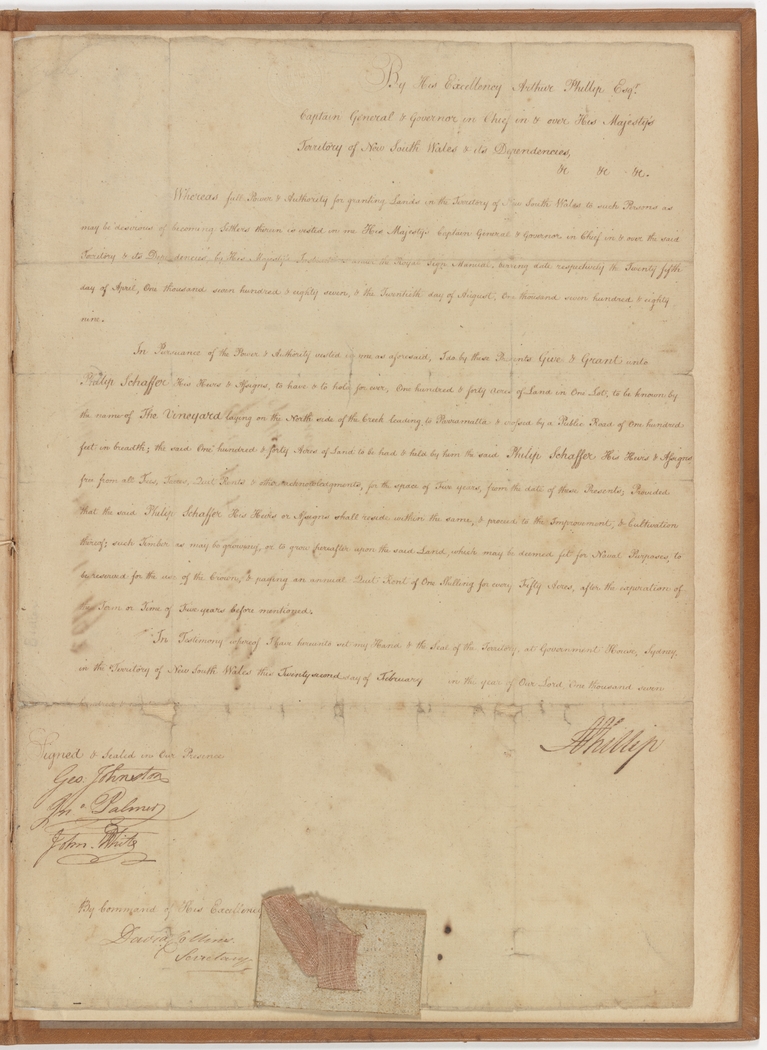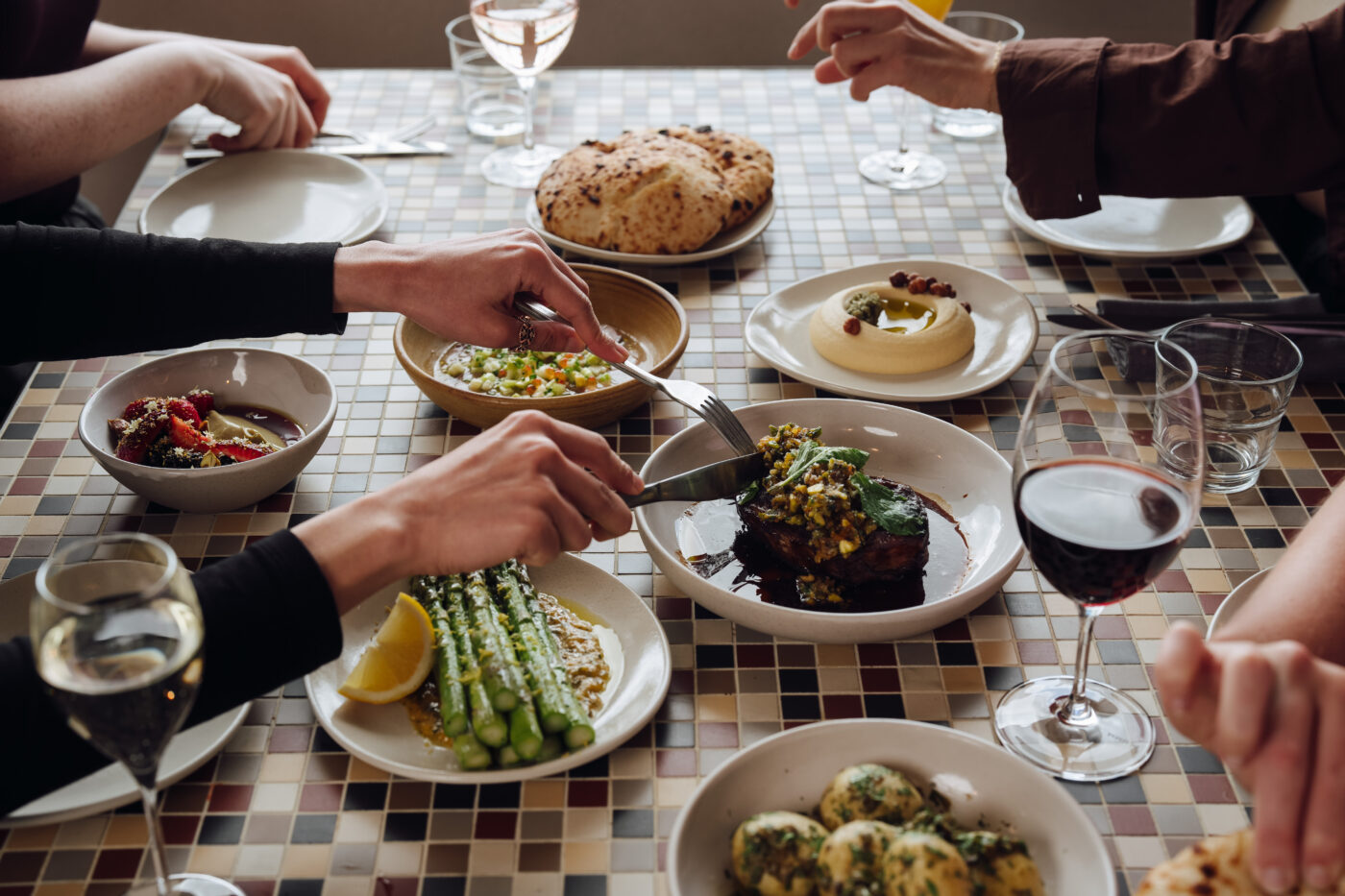About Crowgey Street Reserve
Crowgey Street Reserve stands as a bookend on the western side of the Subiaco Creek Reserve running east from here up to Park Road.
As you walk through this area you are travelling amongst the Sydney Turpentine-Ironbark forest that is typical of the Dundas Valley’s remnant vegetation.
A special feature of the forest here in the Subiaco Creek Reserve is a rare stand of Blue Gum High Forest on the southern bank of the creek opposite Yeramba Place.
This forest type was once common across the Sydney region, but today, only scarce fragments remain. It is especially unusual to find it in such low-lying areas as occur here.
The tall open forests found across the Lower Ponds - Subiaco Creek Corridor are mostly home to medium sized birds that are found on open ground with little shrub cover. Descriptions of these birds can be found on the track posts along the walk.

Early settlement of this area
A striking feature of the Crowgey Street Reserve is Subiaco Creek that flows through here on its way down to the Parramatta River. This forms part of the lower Ponds-Subiaco Creek catchment that takes its name from the original series of swamps and ponds that quickly caught the attention of the European colonists after 1788.
In July 1791 Arthur Phillip settled 14 former convicts and marines on 30 to 50 acre crown land grants along these creeks. One of the early farmers who did settle here for some time was German free-settler Phillip Schaeffer. He was granted 140 acres between the two waterways we now call Vineyard and Subiaco Creeks. While Schaeffer’s food crops of wheat and corn struggled here, the grape vines he planted did very well. The Schaeffer vineyard is today remembered as being the first to be established in the colony with a premium output of 400 litres of wine being produced in 1795.
Schaeffer sold his “Vineyard” property in 1797 to Captain Henry Waterhouse who farmed the property for three years (mainly grazing merino sheep) after which he vacated and tenanted the land.
In 1812 the land was sold to Hannibal Hawkins Macarthur, nephew of John Macarthur. In 1837 Macarthur commissioned the architect John Verge to design a large house on the bend facing the Parramatta River as well as retaining Schaeffer’s house and buildings.
In 1848 Macarthur was forced to sell the “Vineyard” property because of financial difficulties. The property was bought by Bishop Polding on behalf of the Benedictine order of nuns. The house was renamed Subiaco, after the Italian birthplace of St Benedict.
The Benedictine nuns operated the house as a school until 1921 and retained the building as a convent until 1957. The school and convent gave the name to the creek on the eastern side of the property. Parts of the original Macarthur’s property were sold off in the 1920s by the Benedictines and the remainder of the property was sold to the hot water manufacturer Rheem in 1961. All the buildings were demolished by Rheem who occupied the site until the 1990s.



